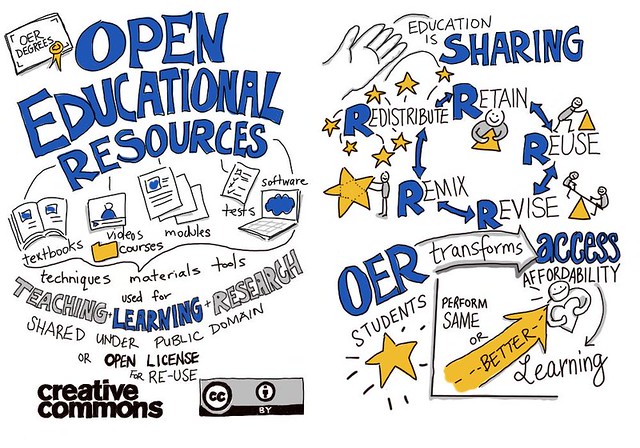What are Educational Resources | Why is Important
Educational resources are materials that are used to support learning. They can be in a variety of formats, including books, articles, websites, videos, games, and software. Educational resources can be used to supplement classroom instruction, provide independent learning opportunities, or support students with special needs.
There are many different types of educational resources available, and the best resources for a particular student will depend on their individual needs and learning style. Some common types of educational resources include:
- Textbooks: Textbooks are a traditional type of educational resource that provides students with information on a particular topic. They can be used to supplement classroom instruction or provide independent learning opportunities.
- Articles: Articles are shorter than textbooks and can provide more in-depth information on a particular topic. They are often published in magazines or journals.
- Websites: Websites are a great resource for finding information on a variety of topics. They can also provide interactive activities and games that can help students learn.
- Videos: Videos can be a great way to learn about a topic in a visually appealing way. They can also be used to demonstrate concepts that are difficult to explain in words.
- Games: Games can be a fun and engaging way to learn. They can also help students develop problem-solving and critical thinking skills.
- Software: Educational software can be used to teach students a variety of subjects, including math, science, and reading. It can also be used to help students with special needs.
In addition to these common types of educational resources, there are also many other resources that can be used to support learning. These include:
- Online courses: Online courses can provide students with the opportunity to learn at their own pace and from the comfort of their own home.
- Tutoring: Tutoring can help students who are struggling with a particular subject or who need extra help with their studies.
- Field trips: Field trips can provide students with a hands-on learning experience. They can also help students learn about different cultures and environments.
- Museums: Museums can provide students with a variety of educational resources, including exhibits, artifacts, and educational programs.
- Libraries: Libraries have a wide variety of educational resources, including books, articles, and videos. They also offer a variety of services, such as storytime and book clubs, that can help students learn.
When choosing educational resources, it is important to consider the following factors:
- The student’s age and grade level
- The student’s interests and learning style
- The student’s individual needs
- The purpose of the resource
- The cost of the resource
It is also important to make sure that the resources are accurate and up-to-date. There are many websites and organizations that can help you evaluate the quality of educational resources.
Educational resources can be a valuable tool for supporting learning. By choosing the right resources and using them effectively, you can help students reach their full potential.
Here are some additional tips for using educational resources effectively:
- Set clear goals for each resource. What do you want students to learn from the resource?
- Preview the resource before you use it with students. This will help you identify the key concepts and activities.
- Provide students with scaffolding and support as they use the resource. This may include providing them with instructions, clarifying concepts, or answering questions.
- Encourage students to interact with the resource in a variety of ways. This may include reading, writing, discussing, or creating.
- Assess student learning after they have used the resource. This will help you determine whether they have met the learning goals.
By following these tips, you can help students get the most out of educational resources.





